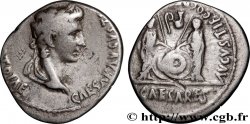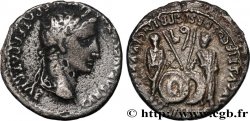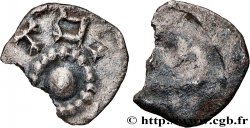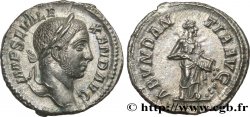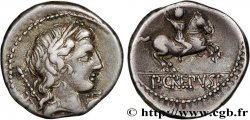brm_871882 - AUGUSTO, CAIO e LUCIO Denier
600.00 €
Quantità
Aggiungi al carrello

Tipo : Denier
Data: 2 AC. - AD. 12
Nome della officina / città: Lyon
Metallo : argento
Titolo in millesimi : 900 ‰
Diametro : 17,5 mm
Asse di coniazione : 6 h.
Peso : 3,51 g.
Grado di rarità : R1
Commenti sullo stato di conservazione:
Exemplaire sur un flan légèrement décentré. Joli portrait d’Auguste. Revers bien venu à la frappe. Patine grise
N° nelle opere di riferimento :
Diritto
Titolatura diritto : CAESAR AVGVSTVS - DIVI F PATER PATRIAE.
Descrittivo diritto : Tête laurée d'Auguste à droite (O*).
Traduzione diritto : “Cæsar Augustus Divi Filius Pater Patriæ”, (César Auguste fils du divin Jules, père de la patrie).
Rovescio
Titolatura rovescio : C. L. CAESARES À L'EXERGUE/ AVGVSTI F COS DESIG PRINC IVVENT.
Descrittivo rovescio : Caius et Lucius Césars debout de face, vêtus de la toge, tenant chacun un bouclier rond et une haste ; entre eux, simpulum à gauche, le lituus à droite ; une croisette au-dessous.
Traduzione rovescio : "Caius et Lucius Cæsares/ Augusti filii consules designati Principes Iuventutis" (Caius et Lucius Césars, fils d'Auguste, consuls désignés, princes de la jeunesse).
Commento
C’est l’un des deniers les plus courants de l’atelier de Lyon. Mais cette variété, avec la croisette entre les instruments pontificaux interversés, est beaucoup plus rare. C’est aussi l’une des pièces qui se rencontre le plus souvent en Gaule. C’est encore l’un des deniers qui ont été le plus imités aussi bien dans les limites de l’Empire qu’en dehors du limes. Le denier représentant les deux petits-fils d’Auguste eut un succès considérable en Gaule. Nous devons modifier notre vision de la circulation monétaire entre la fin de la guerre des Gaules et la mort de Néron en 68 après J.-C. Monnaies gauloises en argent, en bronze et en potin circulèrent conjointement avec les monnaies romaines qui se répandirent largement en dehors de la Narbonnaise. Il faut évoquer le néologisme de circulation “romano-gauloise” plutôt que gallo-romaine.
It is one of the most common deniers from the Lyon workshop. But this variety, with the cross between the interchanged pontifical instruments, is much rarer. It is also one of the pieces most often found in Gaul. It is still one of the denarii which has been the most imitated both within the limits of the Empire and outside the Limes. The denarius representing the two grandsons of Augustus had considerable success in Gaul. We must modify our vision of monetary circulation between the end of the Gallic War and the death of Nero in 68 AD. Gallic silver, bronze and potin coins circulated together with Roman coins which spread widely outside Narbonnaise. It is necessary to evoke the neologism of “Roman-Gallic” circulation rather than Gallo-Roman
It is one of the most common deniers from the Lyon workshop. But this variety, with the cross between the interchanged pontifical instruments, is much rarer. It is also one of the pieces most often found in Gaul. It is still one of the denarii which has been the most imitated both within the limits of the Empire and outside the Limes. The denarius representing the two grandsons of Augustus had considerable success in Gaul. We must modify our vision of monetary circulation between the end of the Gallic War and the death of Nero in 68 AD. Gallic silver, bronze and potin coins circulated together with Roman coins which spread widely outside Narbonnaise. It is necessary to evoke the neologism of “Roman-Gallic” circulation rather than Gallo-Roman







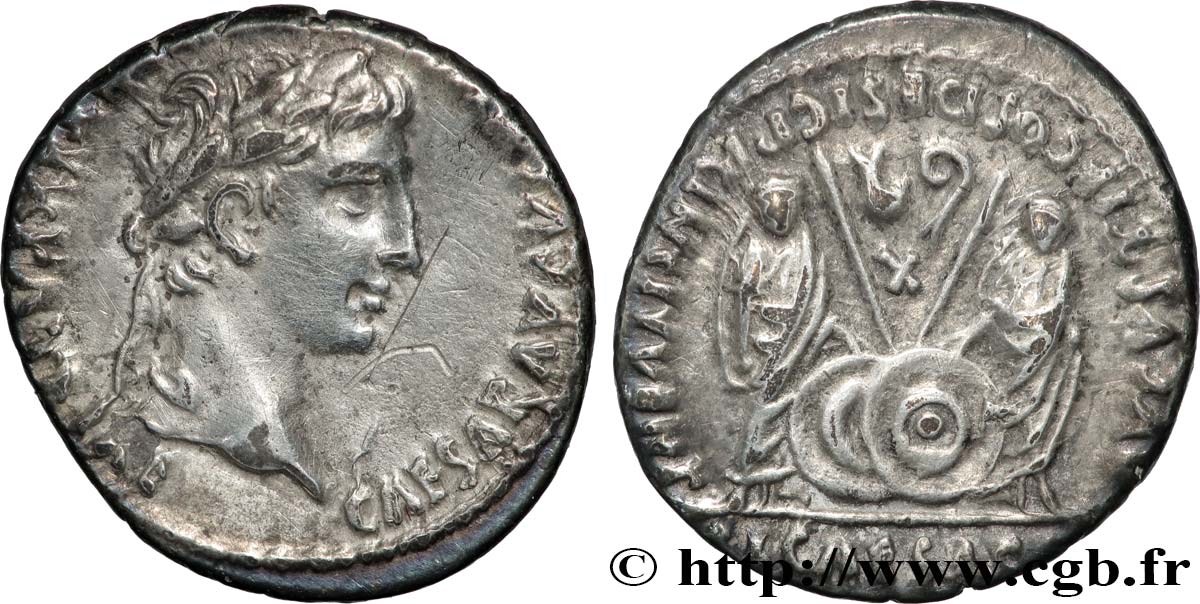
 Segnalare un errore
Segnalare un errore Stampate la pagina
Stampate la pagina Condividi mia selezione
Condividi mia selezione Fai una domanda
Fai una domanda Consegnare / vendere
Consegnare / vendere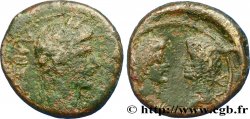
 Descrittivo
Descrittivo
